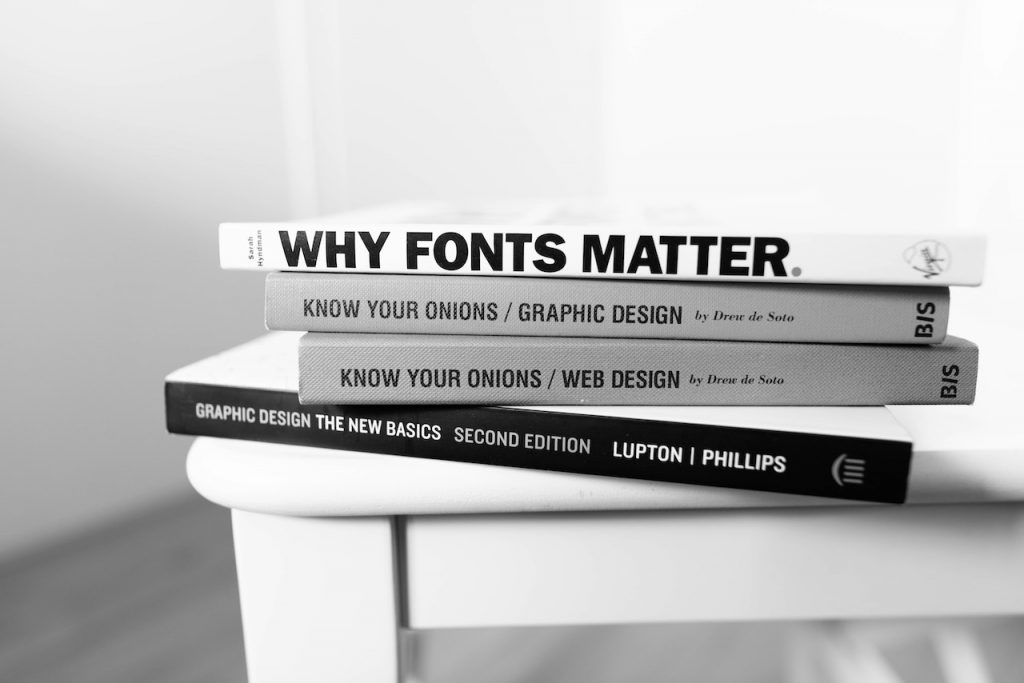Graphic design means planning the visual layout: the graphic designer’s responsibility is the appearance of the message.
Graphic design is an applied art form used, for example, in advertising, on websites, printed products, in electronic publications, movies, logos, package design, signboards and signposts. Elements of graphic design include colours, symbols, text, typography, shapes and pictures, materials and sometimes movement. The tasks of a graphic designer can also include illustration, photography and graphics.
A person whose main tasks deal with the layout of fliers and other things based on the available graphic and text material is called a layout designer. Close to the occupation of a graphic designer is the art director (AD) who, in addition to graphic design, is required to have skills related to information-gathering and application and commercial thinking. The AD is in charge of the visual appearance of the publication as a whole.
The tasks of a graphic designer are numerous. They decide on the text typeface and size, heading styles, format, separation of the introductory chapters, alignment of pictures and location of the captions.
When it comes to print media, the graphic designer is also in charge of other things related to the visual layout. They choose the paper quality, sheet size, printing method, cover quality and binding.
An illustrator is specialised in demonstrating written text through images. Illustrators work in various occupations of graphic communication for different media, and sometimes make animated movies or do lettering work.
Keep Reading:
Data Journalism & Infographics
Go back to the beginning of this section.
This article was updated on January 10th 2020.




